Do you dream of a beautiful, thriving garden but worry about the time, effort, and knowledge it takes to maintain one? The good news is — you don’t have to be a seasoned gardener or spend hours every week tending to plants to enjoy a lush, inviting outdoor space. Low-maintenance gardening is perfect for beginners, busy homeowners, and anyone seeking a simple, relaxing way to connect with nature without constant upkeep.
In this detailed beginner’s guide, we’ll explore what low-maintenance gardening means, the easiest plants to grow, and practical tips to design, care for, and enjoy a beautiful garden with minimal work.
What is Low-Maintenance Gardening?
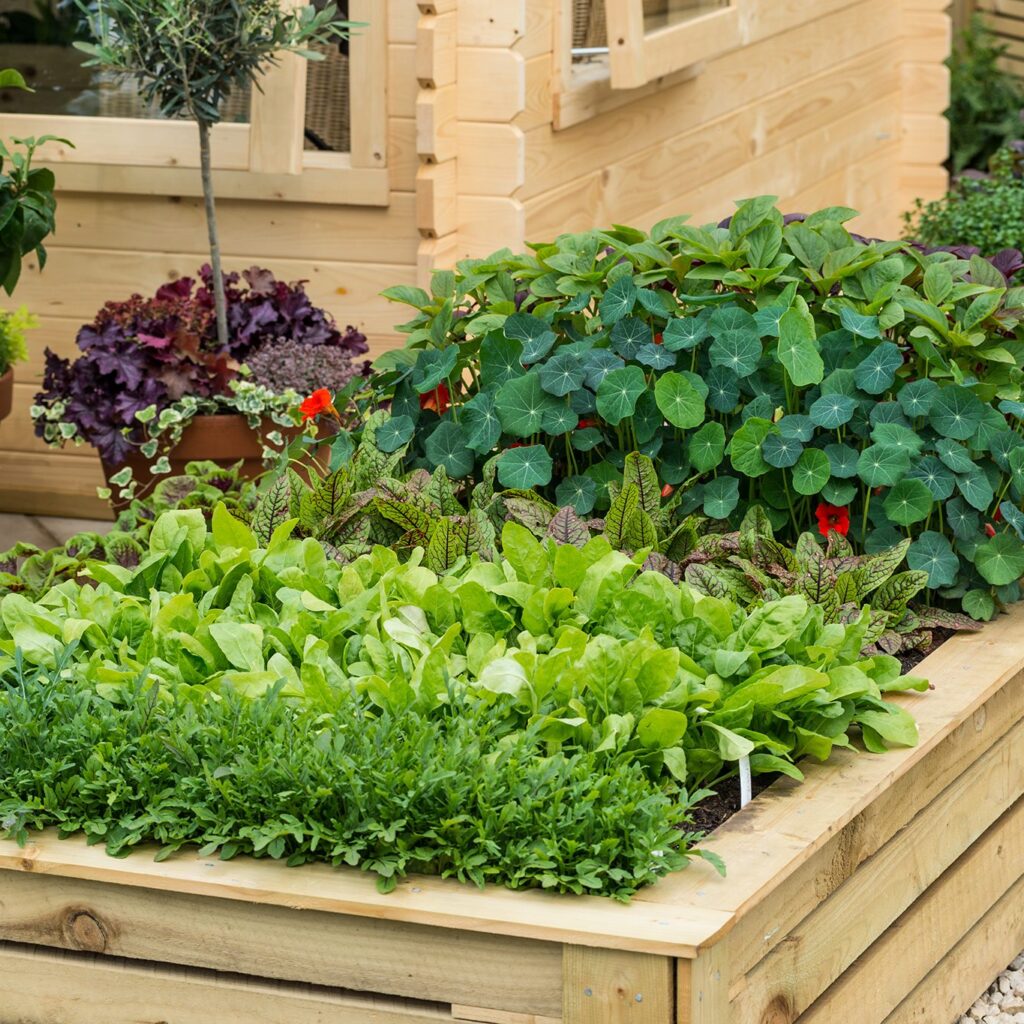
Low-maintenance gardening focuses on creating a beautiful, functional, and sustainable outdoor space that requires minimal watering, pruning, weeding, and fertilizing.
The idea is to choose hardy plants, smart design layouts, and efficient care practices that let you enjoy your garden with less effort.
Key features of a low-maintenance garden:
- Drought-tolerant, pest-resistant plants.
- Smart plant placement for natural growth.
- Mulching to suppress weeds and retain moisture.
- Minimal pruning and trimming.
- Simple, easy-care soil and watering systems.
Benefits of Low-Maintenance Gardening
Why choose low-maintenance gardening?
Because it offers more than just convenience:
- Less time and effort for upkeep.
- Reduced water consumption.
- Eco-friendly and sustainable.
- Supports local wildlife and pollinators.
- Creates a calming, stress-relieving environment.
- Adds beauty and value to your home.
Planning Your Low-Maintenance Garden
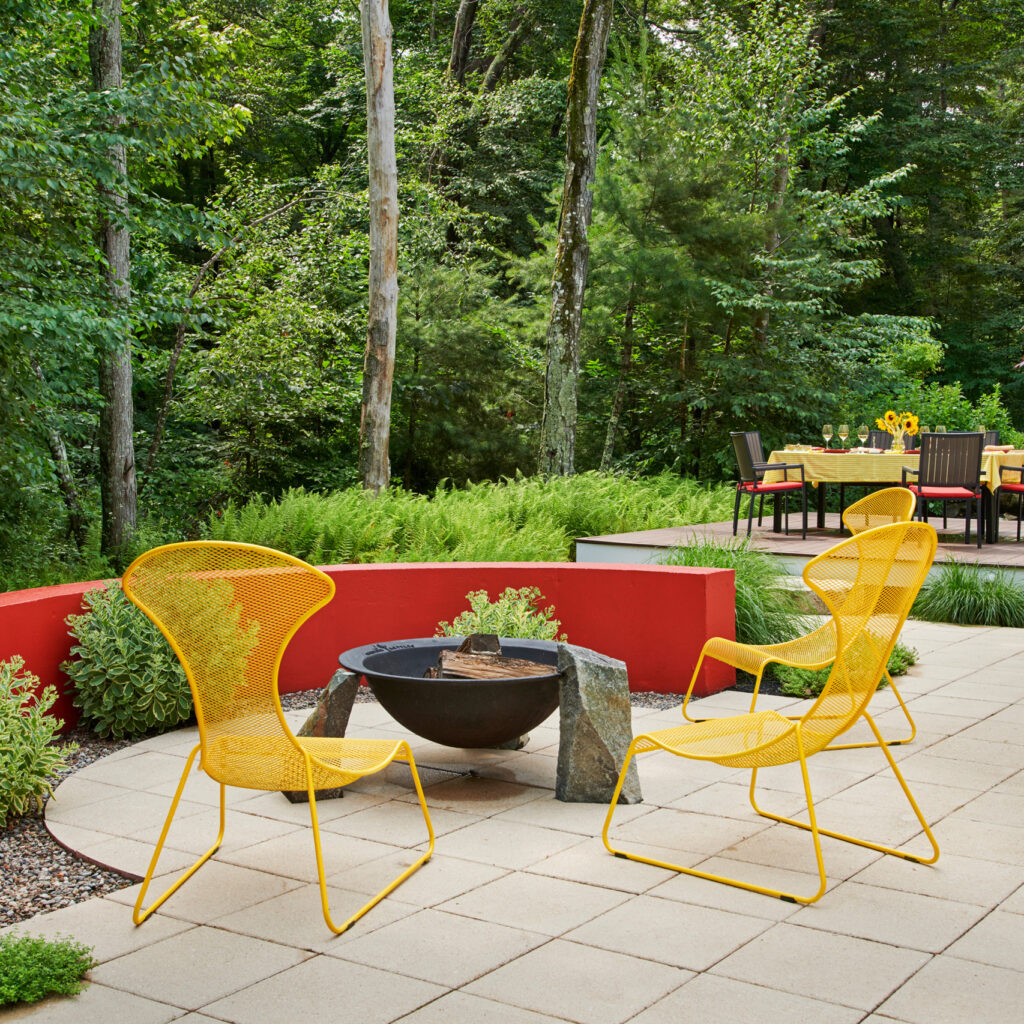
Before planting, a little thoughtful planning will help you set up a stress-free space that suits your lifestyle.
Choose the Right Location
Identify sunny, shady, and partially shaded spots in your yard or balcony.
Different plants have different light needs, so understanding your garden’s microclimate is crucial.
Start Small
Begin with a modest-sized area or a few container plants.
It’s easier to manage and allows you to learn gradually without feeling overwhelmed.
Group Plants by Water and Light Needs
Planting species with similar care requirements together ensures consistent maintenance and prevents over- or under-watering.
Easy, Low-Maintenance Plants for Beginners
The secret to low-maintenance gardening lies in plant selection. Choose hardy, pest-resistant, and drought-tolerant species that thrive naturally in your region.
Flowering Plants:
- Marigolds: Bright, cheerful blooms that repel pests.
- Zinnias: Heat-tolerant, low-care flowers perfect for sunny spots.
- Lavender: Fragrant and drought-resistant, attracts pollinators.
- Coneflowers (Echinacea): Hardy perennials loved by butterflies and bees.
- Petunias: Easy-growing, colorful annuals for containers and borders.
Shrubs and Ground Covers:
- Bougainvillea: Hardy, low-water climbing plant.
- Lantana: Heat-loving, colorful flowering shrub.
- Sedum (Stonecrop): Tough, drought-resistant ground cover.
- Jade Plant: Succulent shrub requiring minimal care.
Herbs:
- Basil, mint, and rosemary are perfect for sunny spots and require little upkeep.
- Aloe Vera: Hardy and medicinal with minimal water needs.
Choosing the Right Soil and Mulch
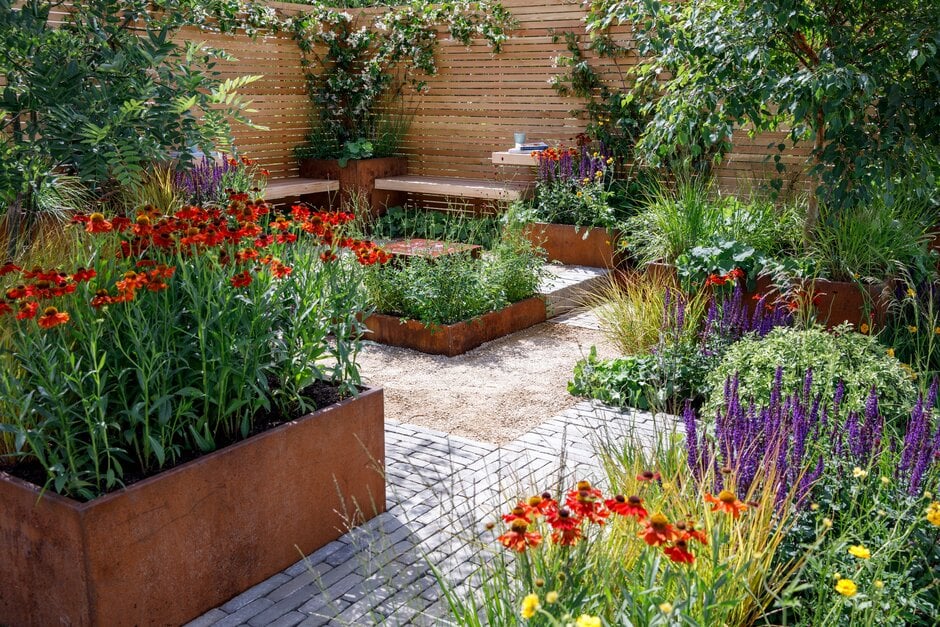
Good soil preparation saves hours of maintenance down the line.
Use loose, well-draining soil enriched with organic compost or aged manure.
For containers, select a quality potting mix suited to your chosen plants.
Benefits of Mulching:
- Retains soil moisture.
- Suppresses weeds.
- Regulates soil temperature.
- Adds organic matter as it decomposes.
Use organic mulches like coconut husk, straw, wood chips, or dry leaves.
Simple Watering Tips
A low-maintenance garden should be water-wise.
Drought-tolerant plants and smart watering practices are essential.
Watering Guidelines:
- Water deeply and less frequently to encourage deep roots.
- Water early in the morning or late evening to reduce evaporation.
- Install drip irrigation or soaker hoses for consistent, hands-free watering.
- Collect rainwater in barrels for eco-friendly irrigation.
Minimal Weeding and Fertilizing
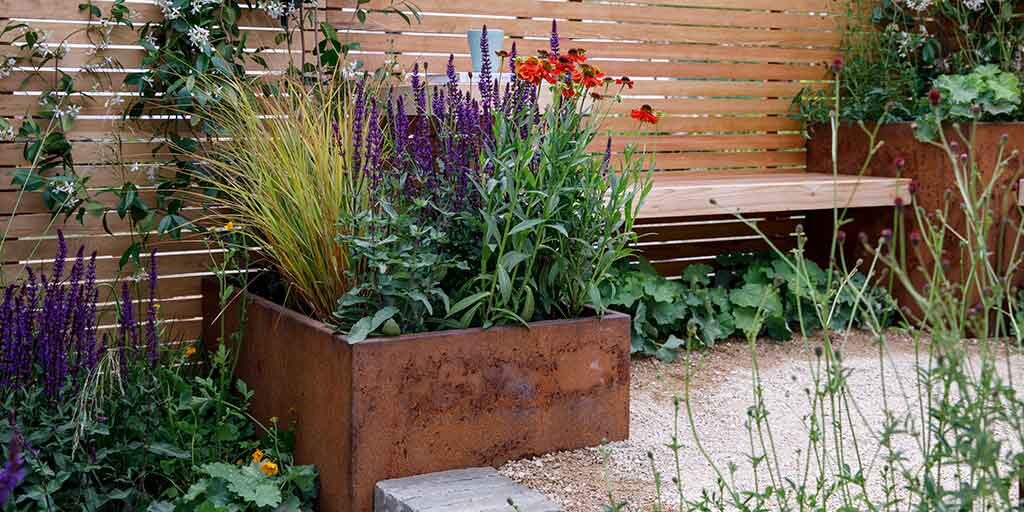
Reduce your garden chores with these easy strategies:
- Apply mulch generously to block sunlight from reaching weeds.
- Plant ground covers to naturally crowd out weeds.
- Use slow-release organic fertilizers twice a year.
- Choose native plants that thrive in your region’s soil without extra feeding.
Natural Pest and Disease Control
Instead of chemical sprays, opt for eco-friendly pest management:
- Grow pest-repellent plants like marigolds and lemongrass.
- Introduce beneficial insects like ladybugs and praying mantises.
- Remove affected leaves and plants promptly.
- Use homemade neem oil sprays for common garden pests.
Seasonal Maintenance Tasks
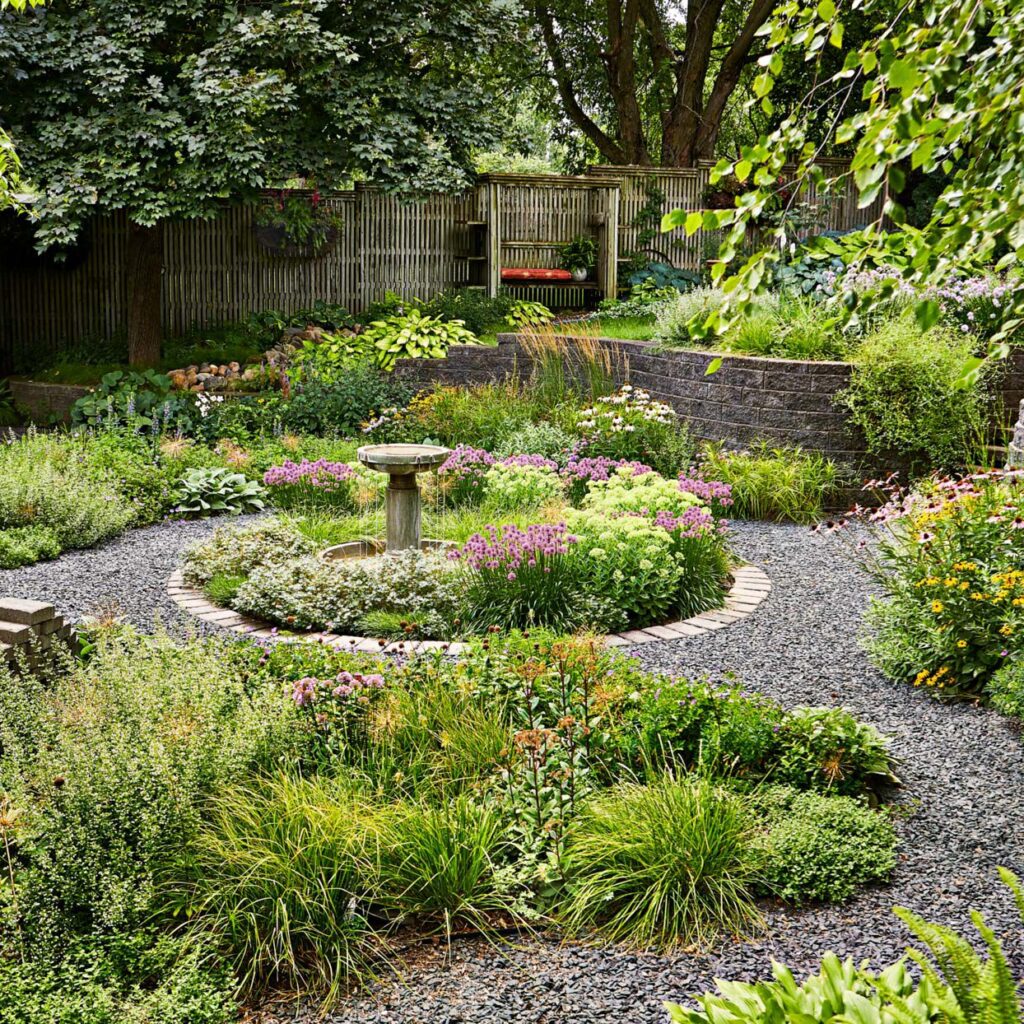
Low-maintenance gardens still need occasional seasonal care, but it’s simple and rewarding:
Spring:
- Check for plant health.
- Trim dead branches.
- Add fresh mulch and compost.
Summer:
- Deep water during dry spells.
- Prune lightly to shape plants.
Autumn:
- Collect fallen leaves for compost.
- Cut back overgrown perennials.
Winter:
- Protect tender plants with covers or move containers indoors.
- Clean up debris to reduce pests.
Low-Maintenance Container Gardening
If space is tight or you’re a total beginner, container gardening is an excellent low-maintenance option.
Advantages:
- Portable and flexible layout.
- Control over soil, water, and sunlight exposure.
- Easier pest control and harvesting.
Great container plants: Petunias, geraniums, succulents, herbs, and dwarf citrus.
Low-Maintenance Garden Design Ideas
Design your garden to require less effort and still look beautiful:
- Create gravel pathways or stepping stones to minimize weeding.
- Use raised beds or vertical gardens for easier access.
- Plant in clusters or borders to simplify watering.
- Choose perennials over annuals for long-lasting, low-effort blooms.
- Integrate decorative elements like planters, sculptures, or birdbaths to enhance aesthetics.
Final Thoughts
Low-maintenance gardening for beginners proves that you don’t need to invest endless hours or possess expert skills to enjoy a beautiful, relaxing garden. With thoughtful planning, smart plant choices, and simple care routines, you can transform any yard, balcony, or patio into a thriving green space.
Remember, gardening should be a joy, not a chore. Start small, learn as you grow, and savor the satisfaction of nurturing life around you.
Ready to start your stress-free garden journey? Grab a pot, pick a plant, and let the growing begin!

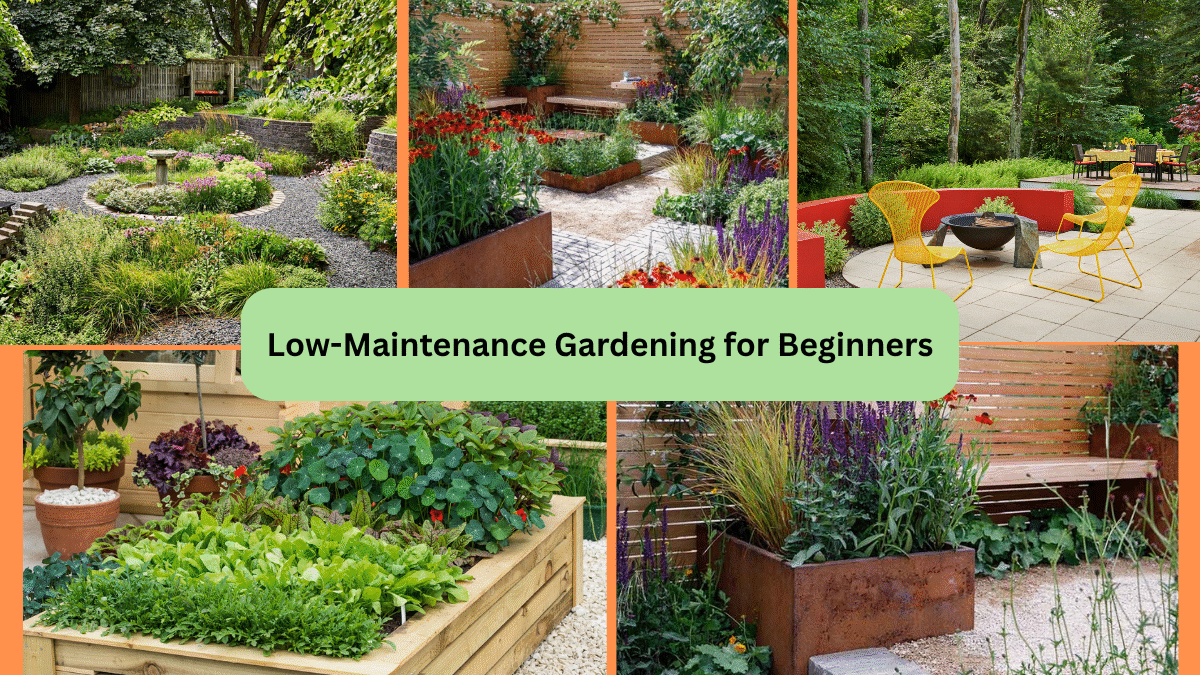
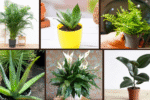
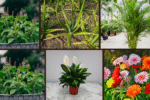


Leave A Comment